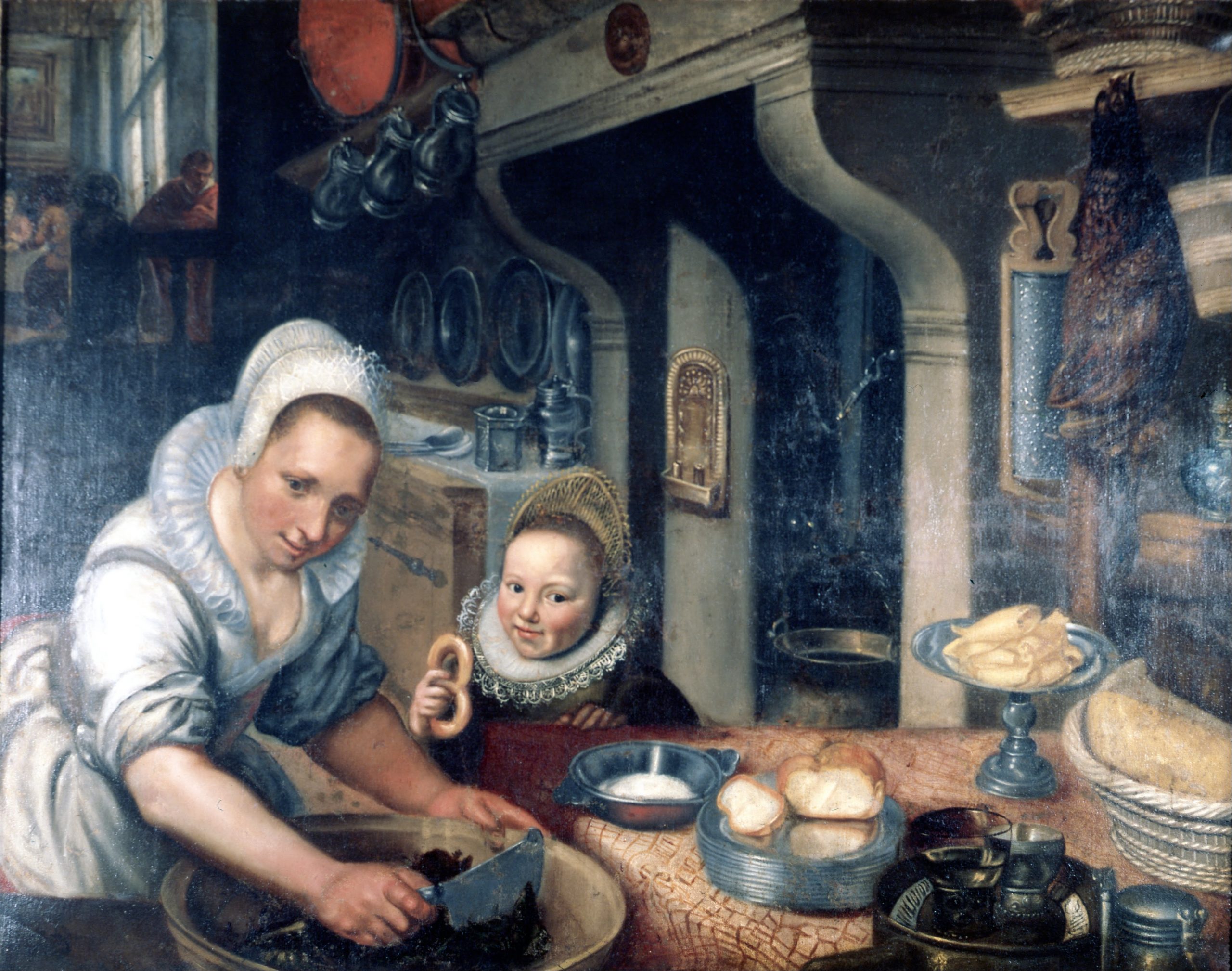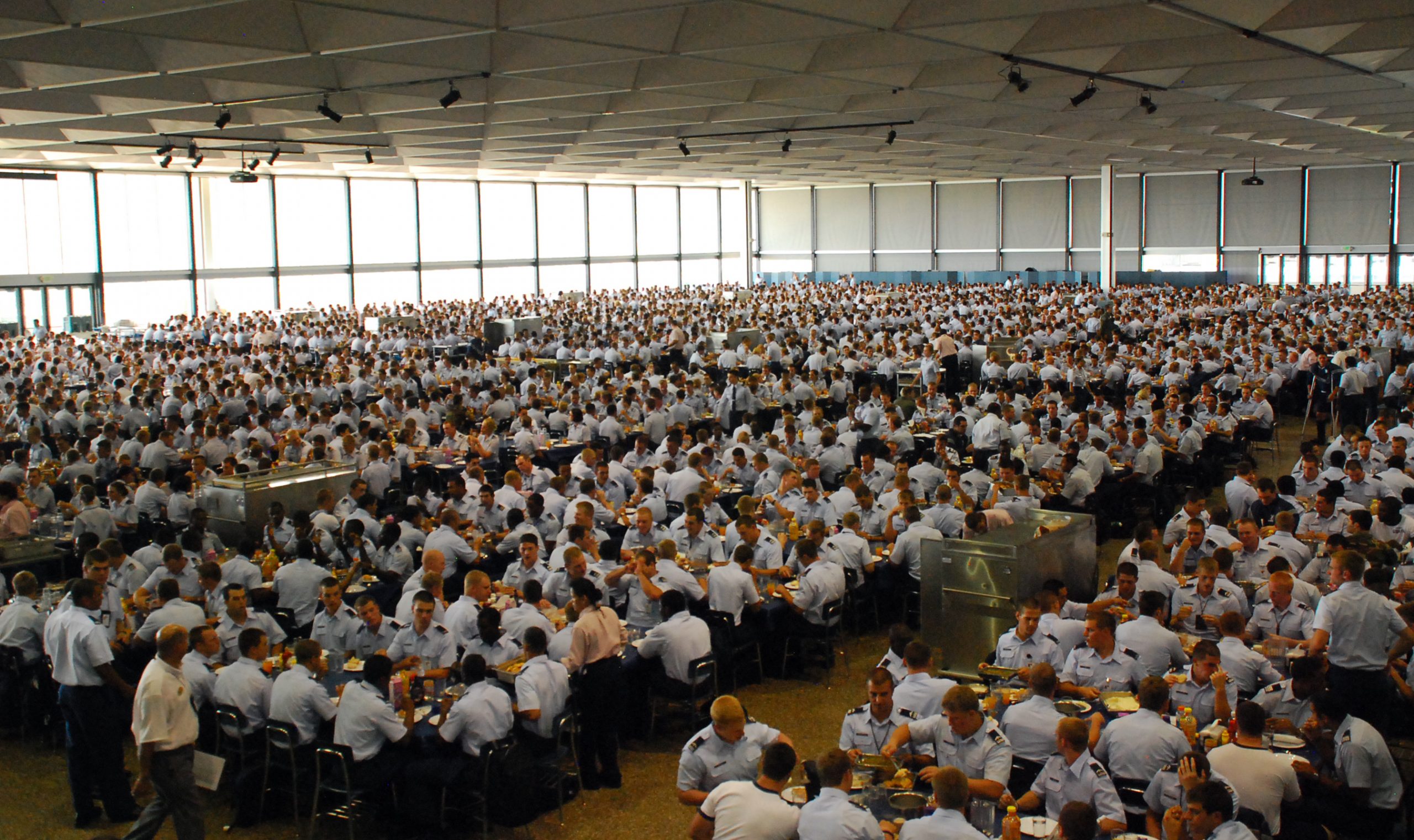Kitchen cooking ranks high as the causes of fire hazard in the built environment. ASHRAE 154 provides design criteria for the performance of commercial cooking ventilation systems. Education communities have hundreds of food preparation enterprises in school districts, residence halls, hospitals and athletic venues. It is not intended to circumvent any safety, health or environmental requirement; however we find a fair amount of drama regarding the competing requirements of fire safety and sustainability among subject matter experts. The stabilized version is dated 2022.
A noteworthy title in the ASHRAE standards catalog is ASHRAE 154 Ventilation for Commercial Cooking Operations. Food preparation enterprises in school districts, residence halls, hospitals and athletic venues and central features in education communities. Access to the 2022 edition is linked below:
The purpose of ASHRAE 154 is to provide design criteria for the performance of commercial cooking ventilation systems. It covers kitchen hoods, exhaust systems and replacement air systems, It is not intended to circumvent any safety, health or environmental requirement; however we find a fair amount of drama between partisans of air movement controls and energy conservation interests. Fire safety and the sustainability advocates are well funded voices.
There are no open consultations at the moment; but you may track release of any at the link below:
Public Review Draft Standards / Online Comment Database
Titles in the ASHRAE catalog move swiftly; many of them consultations lasting less than 45 days.
Interior environmental air safety is a concern that cuts across many professional disciplines. Accordingly, we maintain this title on the standing agendas of several colloquia — Mechanical Engineering, Energy and Housing. Starting 2022 we will break out this the subject of a separate, dedicated colloquium See our CALENDAR for the next online meeting; open to everyone.
Issue: [14-92]
Category: Mechanical, Electrical, Energy, Facility Asset Management
Colleagues: David Conrad, Richard Robben, Larry Spielvogel
Kitchen cooking ranks high as the causes of fire hazard in the built environment. ASHRAE 154 provides design criteria for the performance of commercial cooking ventilation systems. Education communities have hundreds of food preparation enterprises in school districts, residence halls, hospitals and athletic venues. It is not intended to circumvent any safety, health or environmental requirement; however we find a fair amount of drama regarding the competing requirements of fire safety and sustainability among subject matter experts. The stabilized version is dated 2022.




















